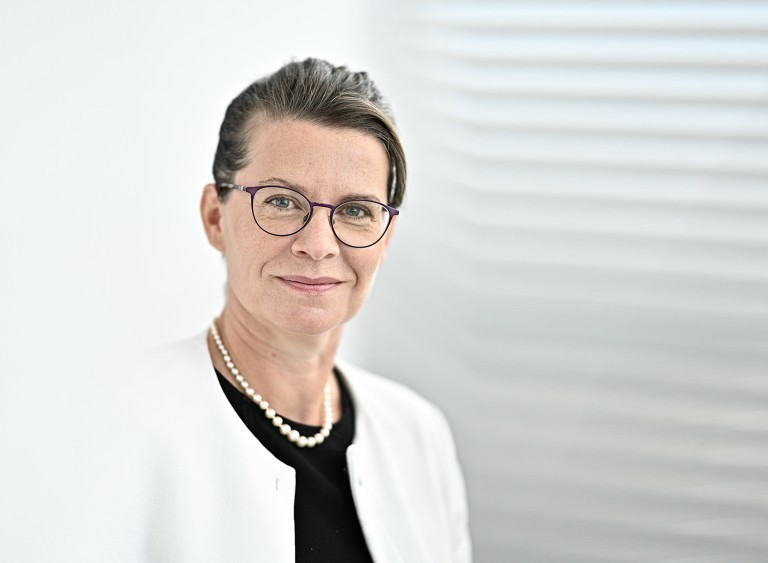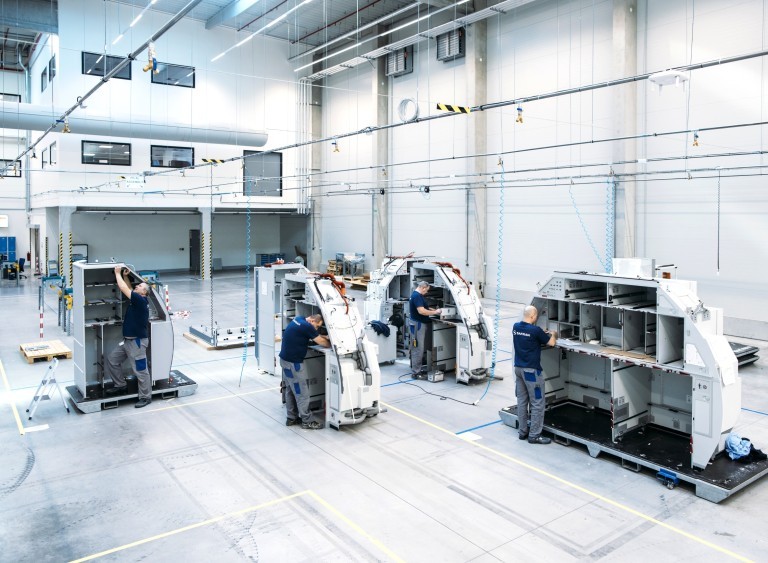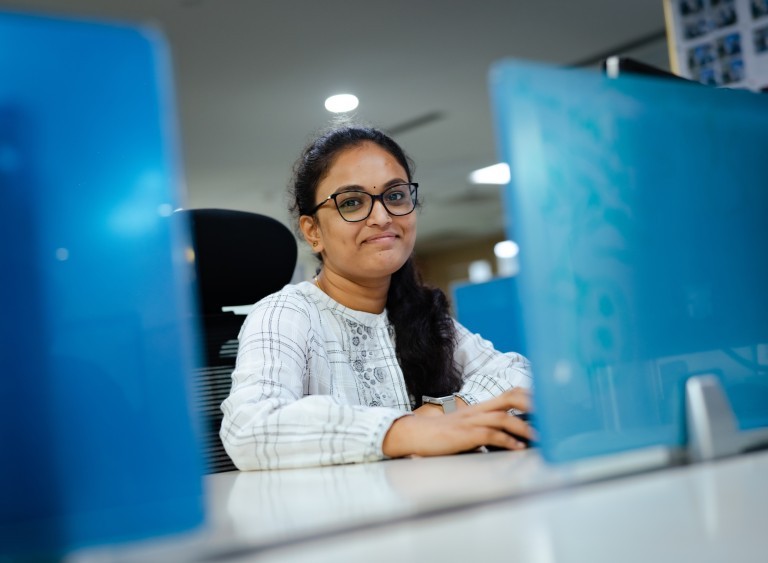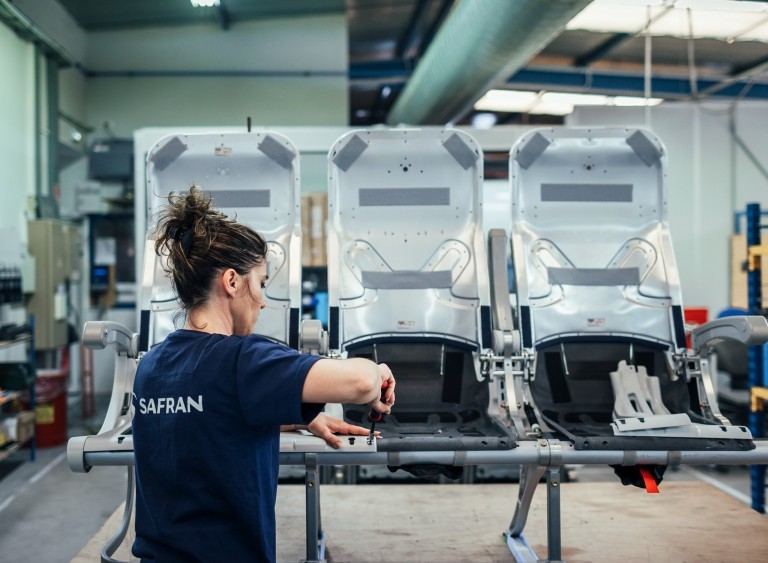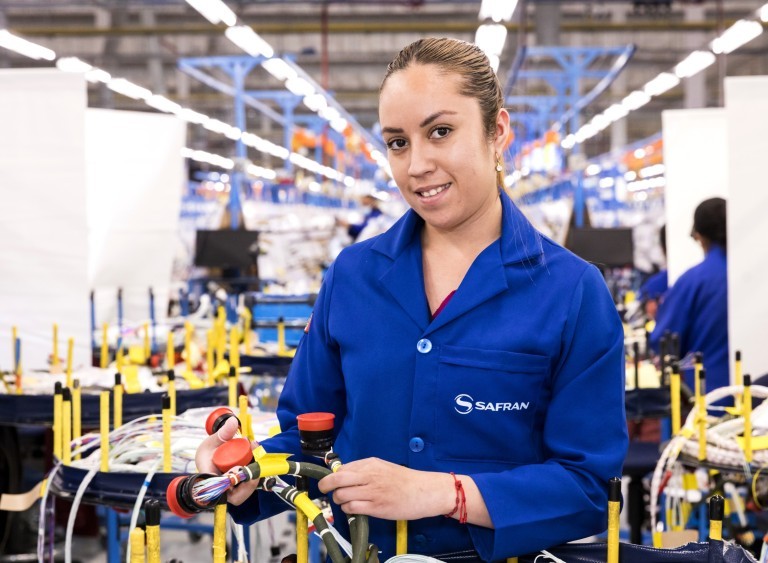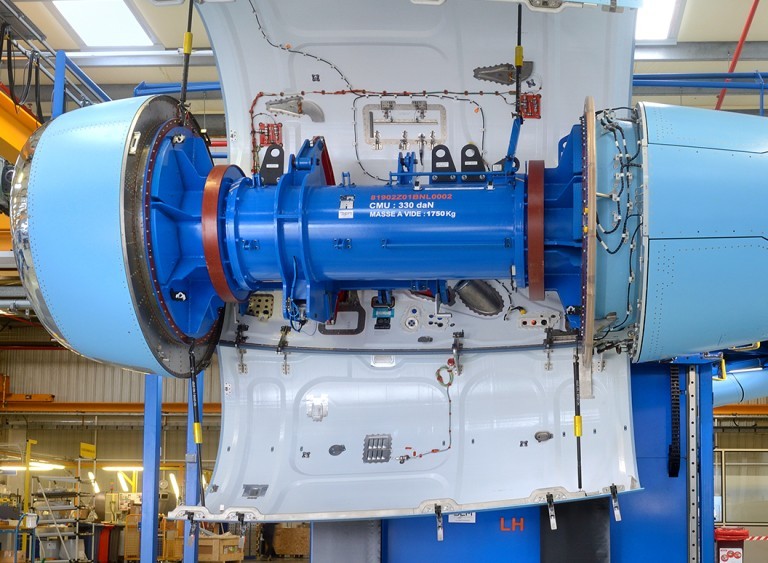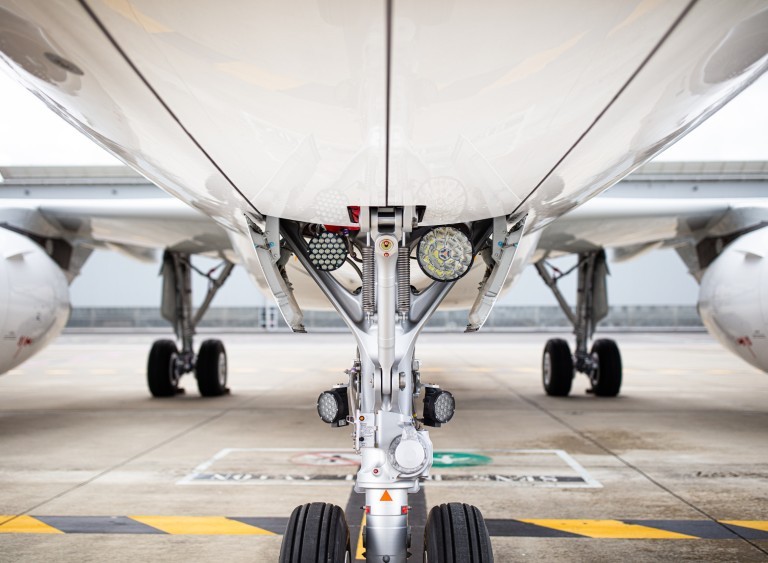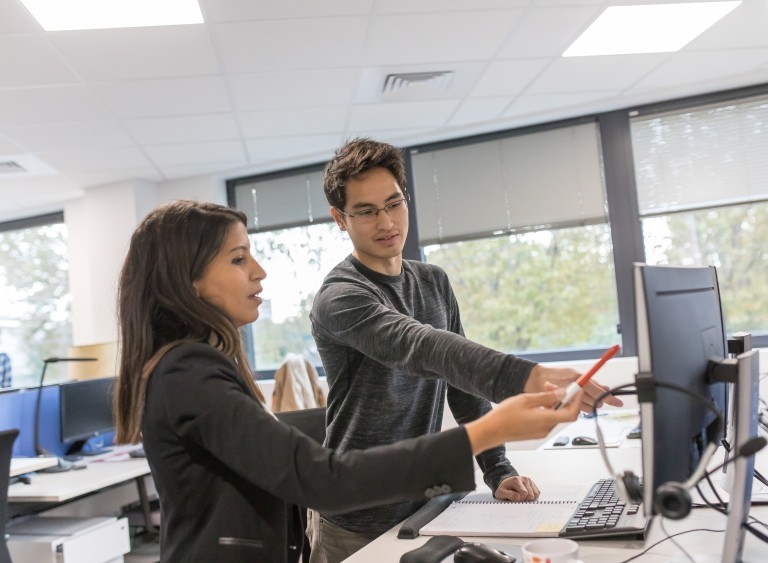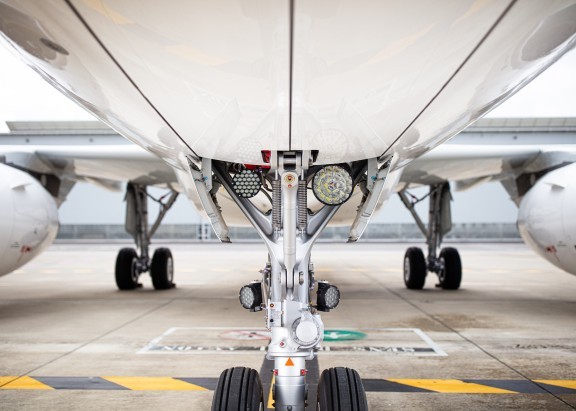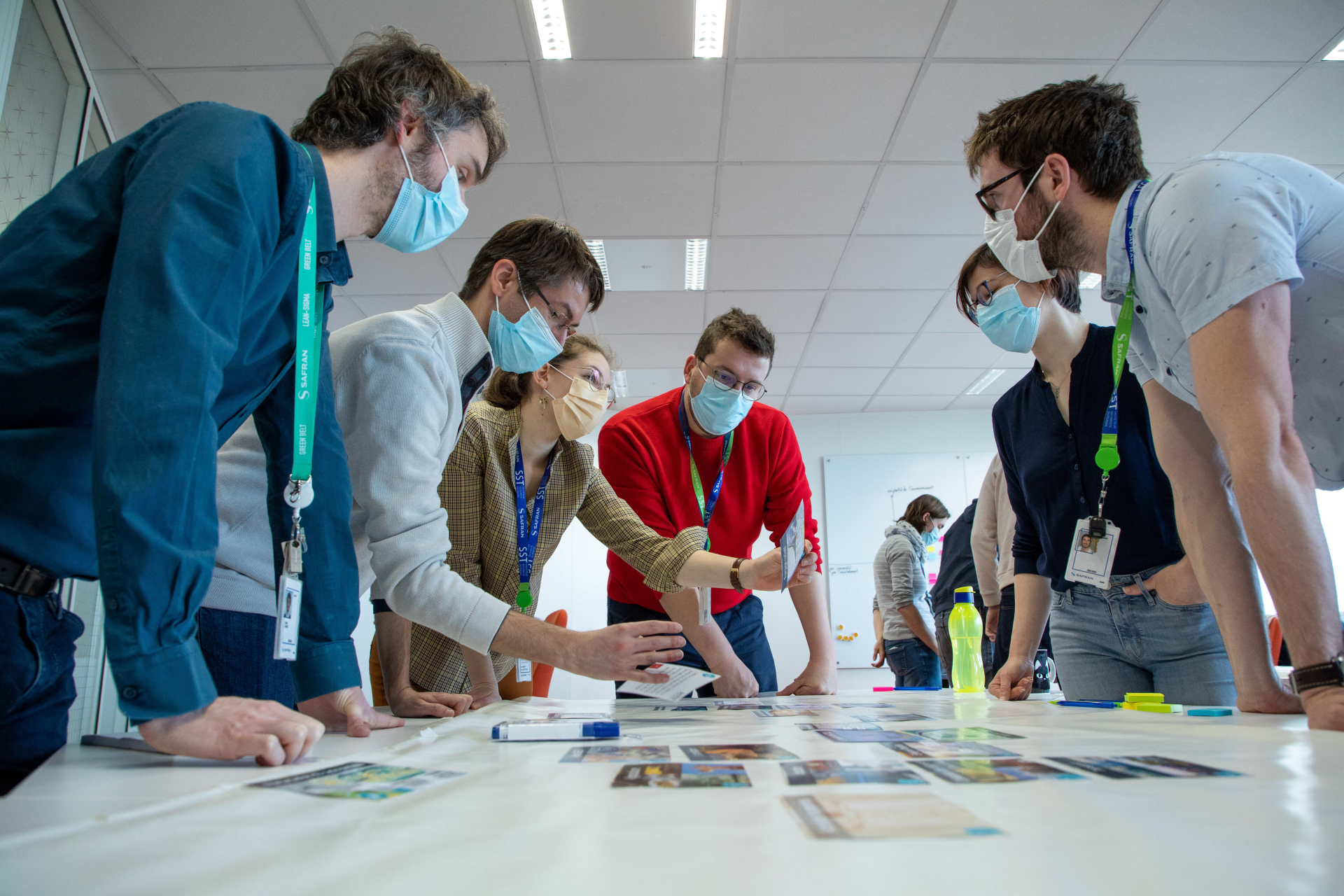
At Safran Aircraft Engines, we’re looking for (more than) a few talented engineers
Between its Research & Technology programs and technical support for engines in service, the Safran Aircraft Engines Engineering division has to rise to a number of challenges which are not only motivating, but also critical to the company’s future.
- Photo Report
- Radar
- At a glance
- Perspective
SAE is therefore seeking to recruit new talent to support the strong growth in business, now and in the future. We asked Laurence Fichou-Soler, head of Human Resources at the Engineering division, and Michel Brioude, the company’s Vice President for Engineering and R&T, to tell us how they’re going about this.
What are the division’s recruitment requirements?
Michel Brioude: We’re hiring to meet two main needs: a growth in activity due to the new technologies that have to be developed for future generation engines; and workforce replacement because of our age pyramid. The people we’re seeking today will be there for all of our programs, both current and future. The key word here is diversity: we need both young talent and more experienced staff in our conventional disciplines, such as aerodynamics, thermal and mechanical engineering, and we need new talent in key emerging areas such as hybrid propulsion, sustainable fuels, hydrogen, etc. These new hires will be working on both our current engines and next-generation propulsion systems. The success of our products is strongly linked to customer loyalty. Customers who are satisfied with our current products will remain loyal tomorrow for breakthrough designs based on programs such as RISE and FCAS.
What’s at stake with the arrival of these new hires?
M. B.: Engineering is one of the major entry points to Safran. We must give these new hires a warm and efficient welcome and provide a smooth onboarding process, despite differences in culture, generation, etc., To successfully develop new products, we count on all employees, not only the new talent, but also those who already work here, because they’ll be training the new ones, and helping them grow. In other words, it’s not just a question of being able to attract new talent, but of fostering everybody’s buy-in. Our company offers brilliant career prospects, as proven by our veteran employees.
What resources are you deploying to meet these ambitious recruitment goals?
Laurence Fichou-Soler: We’re using all the means at our disposal, including Talent Search, LinkedIn, APEC (the national employment agency for managerial jobs), etc. At the same time, we’ve rebooted our network of school ambassadors, which had been on standby due to the pandemic. To build a more diverse talent pool, we’re turning increasingly to universities, as well as recruiting firms in certain cases.
And how do you plan to attract talent?
L.F.-S.: Candidates’ expectations today are more focused on workplace wellbeing and work-life balance, so we’re looking at all ways of working differently: remote working, collaborative project-based workspaces, coworking in other Group companies… We’re considering all possible solutions to attract candidates. For example, Safran’s new building in the Paris suburb of Malakoff will offer transient office space reserved for employees from Safran Aircraft Engines’ Engineering division.
What other levers can you push to strengthen the company’s appeal?
L.F.-S.: There’s no lack of candidates, but we’re competing with a lot of other employers. Some people may still be reticent about working in aerospace – that’s one of the reasons why Safran is making a big push to reduce our carbon footprint… and publicizing the fact! For people who want to join us, we emphasize that it’s an opportunity to work on reducing aviation’s carbon footprint. And since that’s the main technological challenge we face in the coming decades, what could be more motivating than that? We need to foster employee buy-in to a clear shared vision, because we’ll only be able to make the ramp-ups a success if everybody pitches in!

